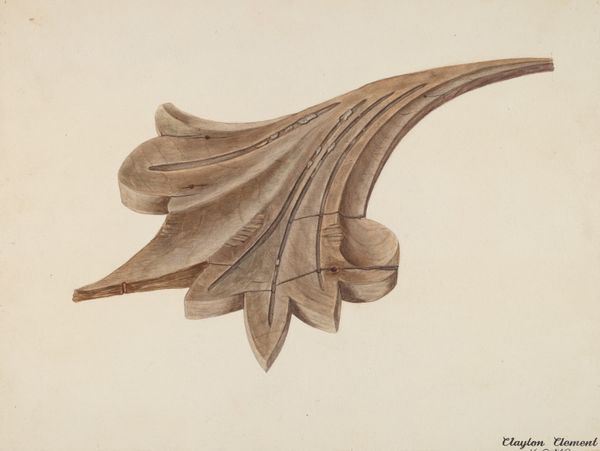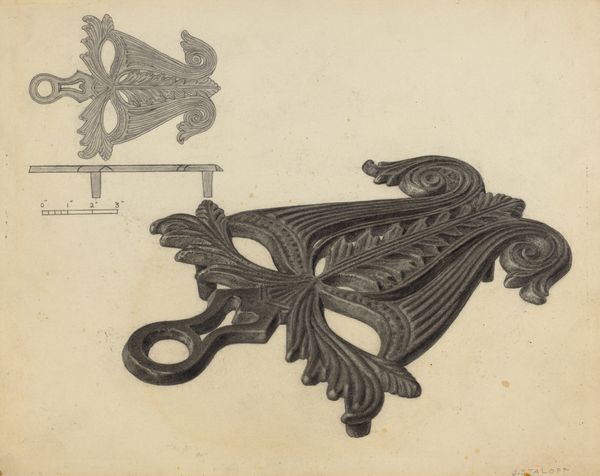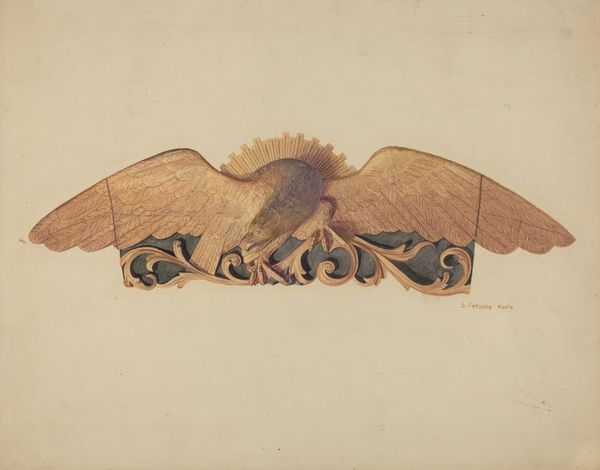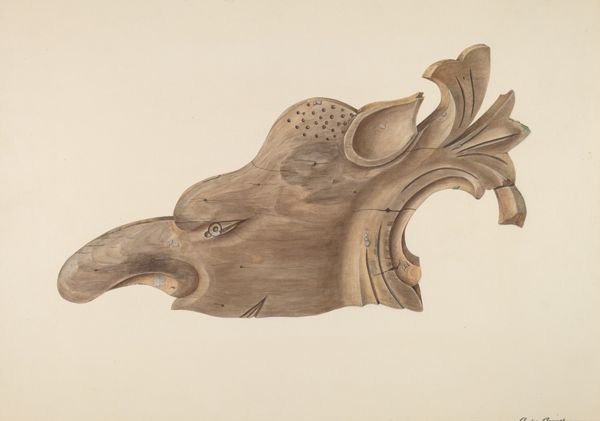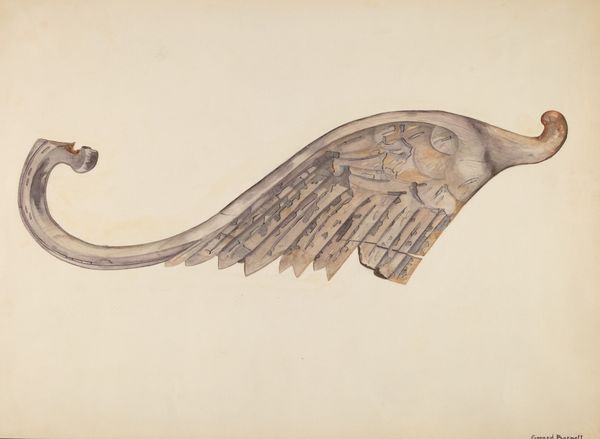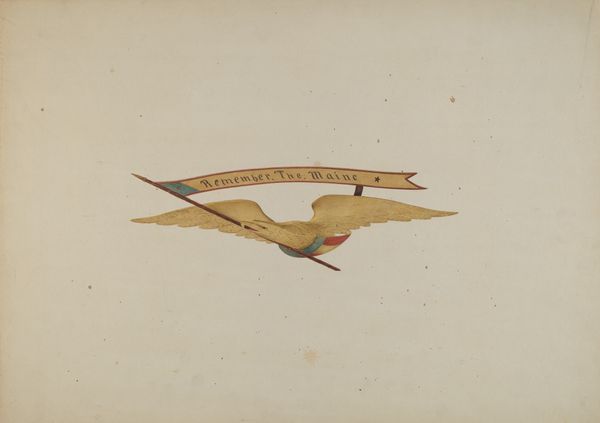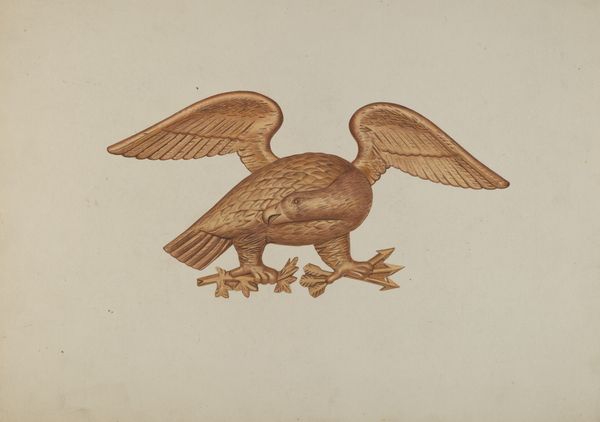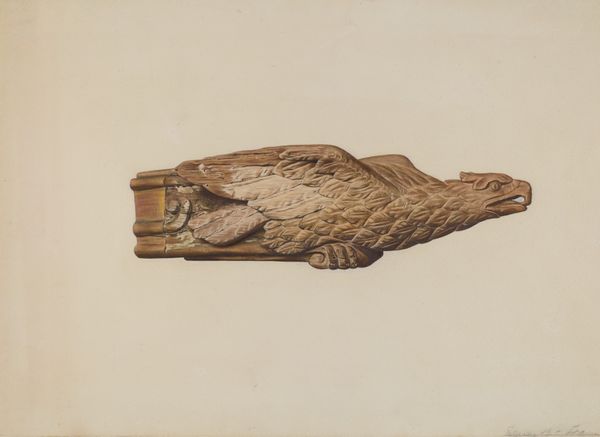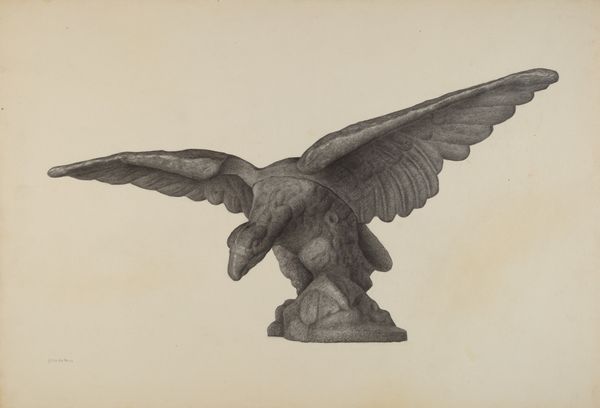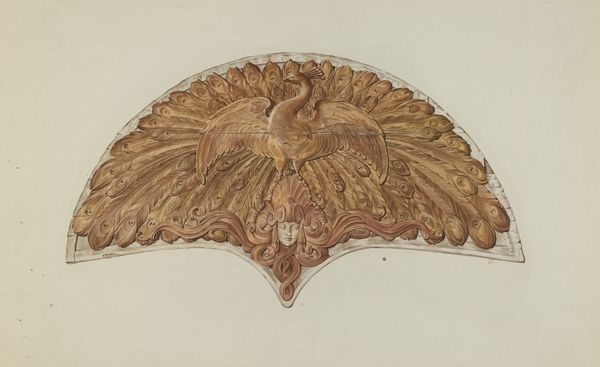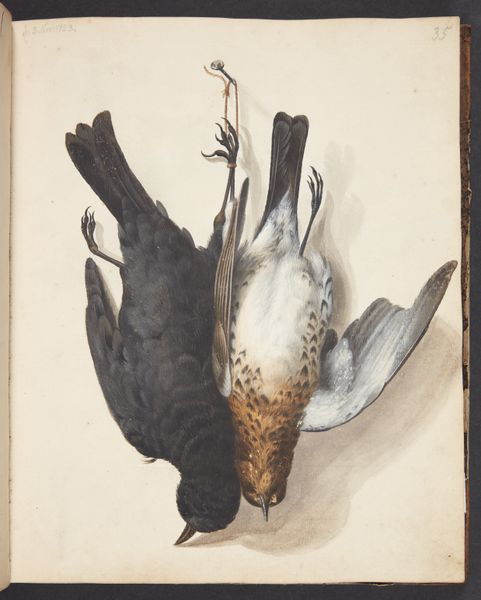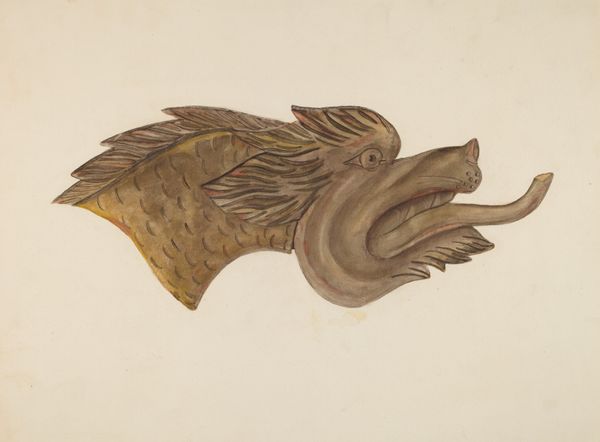
drawing, pencil
#
pencil drawn
#
drawing
#
pencil sketch
#
form
#
pencil drawing
#
pencil
Dimensions: overall: 24.5 x 29.2 cm (9 5/8 x 11 1/2 in.)
Copyright: National Gallery of Art: CC0 1.0
Curator: "Trivet," a pencil drawing circa 1942, by Sydney Roberts. My first thought: it’s a fragment. Is this a study for something larger? Or is it just... adrift? Editor: It feels symbolic to me. The trivet form itself is suggestive of domestic labor, a gendered labor typically done by women. But the way that Roberts isolates it... and transforms it with dense, shadowed strokes gives it a somber weight. Curator: Somber! Yes, it’s serious. I'd even say weighty in a metaphysical way. All those tightly packed, parallel pencil lines giving the leaf-like form incredible heft and texture... reminds me of Art Deco or some stylized architecture of the period. It looks like wrought iron masquerading as something organic. Editor: Precisely! The object depicted acts as a support system within the home, and is a technology meant to insulate other surfaces. Yet, here the surface is transformed into the focus. What does it mean to spotlight the elements normally kept in the background of women’s contributions? Curator: Perhaps it is the background? Roberts is turning a corner in making these mundane everyday acts become so much larger and the subject itself and so prominent for consideration. Editor: And, by extension, asking us to consider whose labor is often unseen, undervalued, taken for granted, rendered…invisible? How might such work also be a process of care and creation. The drawing feels like both a celebration and a kind of haunting reminder. It encourages a reflection about objects typically associated with women's work within the domestic sphere and a wider questioning of gender dynamics and identity in the 1940s. Curator: Haunting... I think you’re right. Its a small simple drawing that holds enormous intention when considered further. Now that I think of it, its perfect and intentional incompleteness asks such interesting questions. Editor: Its intentionality really opens avenues of critical reflection about a forgotten legacy and what might appear simple as being incredibly intricate in practice and concept.
Comments
No comments
Be the first to comment and join the conversation on the ultimate creative platform.
